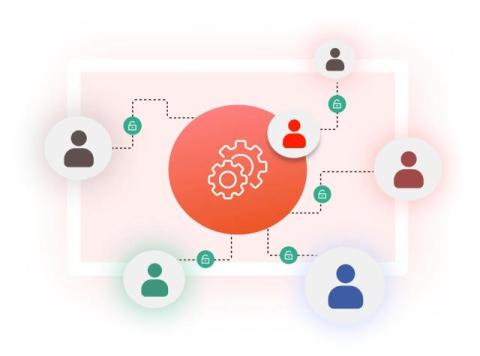Featured Post
How Organisations Can Master Incident Reporting Obligations Under NIS2
The new NIS2 directive is designed to strengthen the cyber resilience of over 160,000 companies that operate in the EU - either directly or indirectly. Coming into force by 17th October, NIS2 regulations will outline how these essential entities can combat increasingly sophisticated and frequent cyber attacks.











